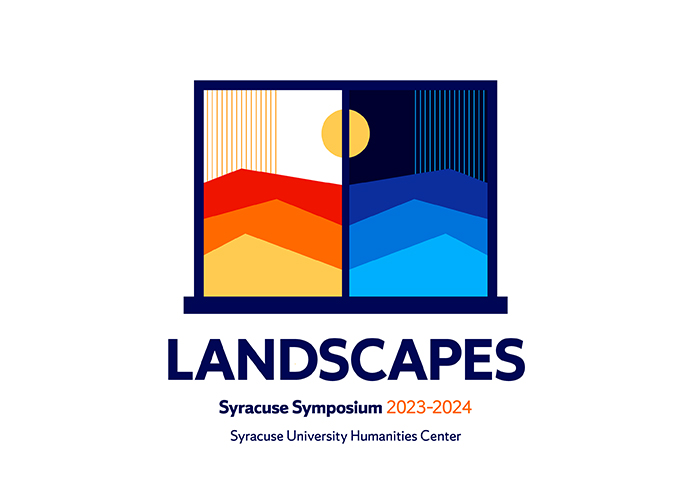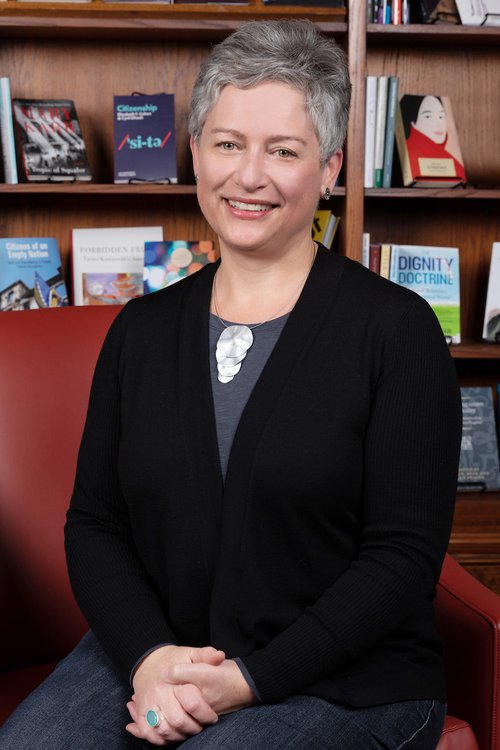Syracuse Stage Announces Auditions for 2025-26 Theatre for the Very Young Production ‘Tiny Martians, Big Emotions’
Syracuse Stage is seeking non-equity actors to audition for the Theatre for the Very Young production of “Tiny Martians, Big Emotions,” conceived and directed by Kate Laissle. The show is a touring educational program as part of the company’s 2025-26…


 This series is core to the center’s mission to advance humanities research, showcase the humanities as a public good, and enhance the scholarly community by bringing people together to confront some of the most pressing issues of our time.
This series is core to the center’s mission to advance humanities research, showcase the humanities as a public good, and enhance the scholarly community by bringing people together to confront some of the most pressing issues of our time.